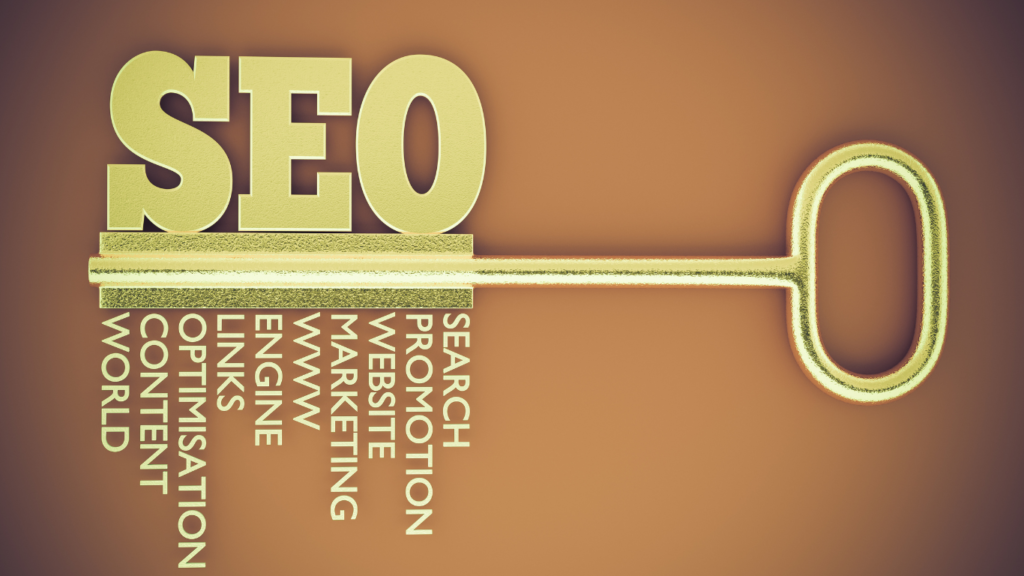
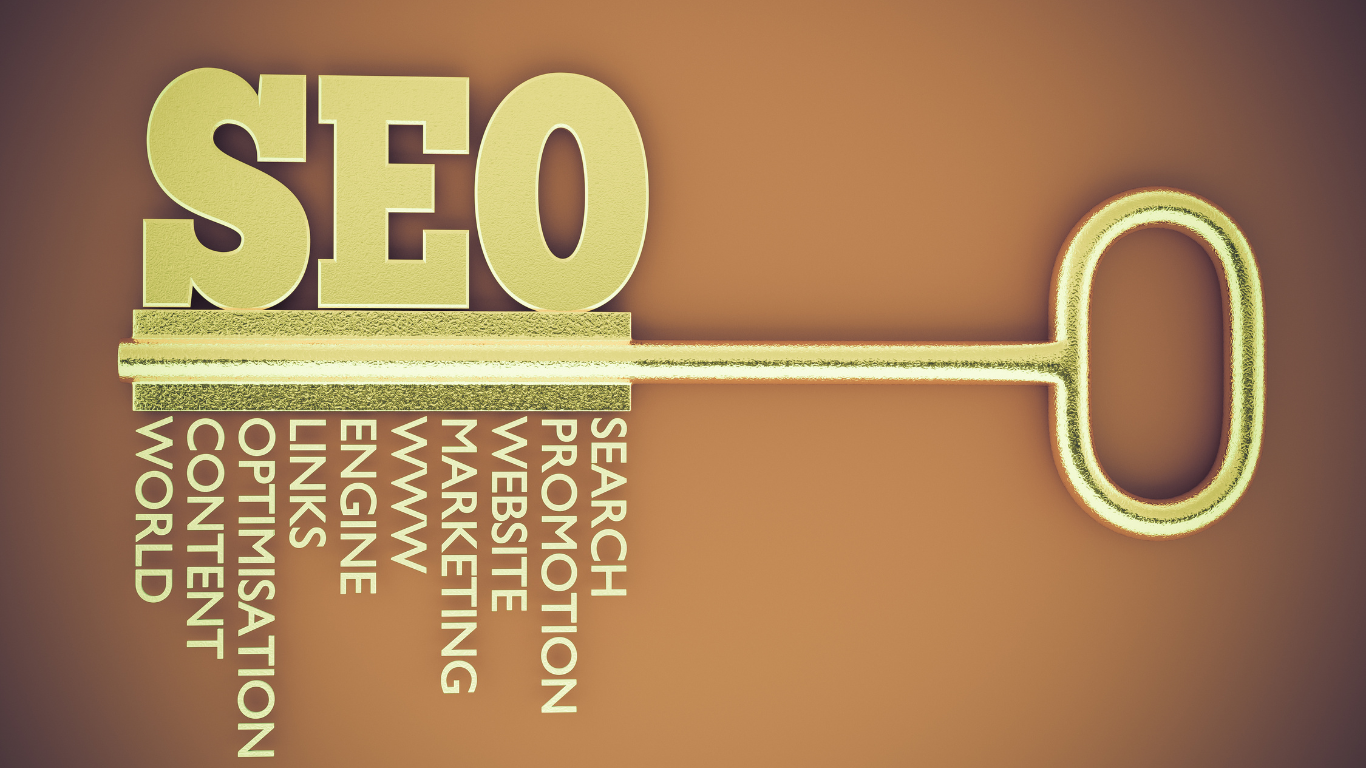
If you’re a musician and you want search engine traffic, it can be tough to figure out where to start. There are so many moving parts that it’s easy for even the most competent people to get overwhelmed. That’s why I’ve put together this exhaustive checklist of every step you need to take to make sure that your site is optimized for search engines like Google and Bing. This way, whether you’re an experienced SEO specialist or just getting started with e-commerce, there will be no question as to how well your site ranks on search engines:
The title tag is the most important on-page SEO factor. It should be visible on your website’s homepage, and Google will use it to determine what your site is about
The title tag should be between 60 -70 characters long, but I recommend keeping it to 70 characters if possible, as this can help with rankings in search engines. In this space, you want to include one or two of your most important keyword phrases (e.g., “music lessons for adults” or “piano lessons for kids”). You also want to make sure that these keywords are descriptive and informative; remember that people visiting your site have questions that need to be answered!
Metadata is important because it helps search engines understand what your content is about, and they use that information to determine where it should be ranked. If you don’t provide metadata, then search engines will use whatever text is on the page itself instead. This means that if you’re not careful about what words are visible on your site, then those words could become important in determining where you rank for certain searches.
Meta descriptions are one of the most powerful tools in an SEO’s arsenal. They’re short summaries that appear below some listings in search results; Google even uses them to help inform its Knowledge Graph (where it displays facts about topics people search for). The good news here is that musicians can write their meta descriptions! This can be a great opportunity to include keywords relevant to your music or band just make sure not to go overboard with keyword stuffing; Google doesn’t like when websites overuse specific terms just because they think it’ll help them rank higher.
There are two main types of metadata: HTML and XML/RDFa (Extensible Resource Description Framework). Both allow us to provide information about our resources so they’re easier for anyone trying to find them through different channels; however, there are subtle differences between these standards which we’ll discuss later on in this article…
Image ALT text is the text that appears when you hover over an image. It’s used for accessibility and SEO, as it helps search engines understand what your images are about.
The first thing to remember is that an image’s ALT text should be descriptive and include keywords. For example, if you have a photo of yourself playing the guitar on stage at a show, your image ALT text might say something like “Tom Jones performing at The Troubadour in Los Angeles, California” or “Tom Jones performing on stage at The Troubadour in Los Angeles, California while wearing his signature glasses.”
Additionally, the maximum length of any given piece of content including alt tags should be 160 characters (including spaces).
Copy is the text on the page that is visible to the user. You should always write your copy to be read by humans, not search engines.
This means that you should avoid repetition and long blocks of text where possible – if a reader can’t get through it all in one go, they won’t bother reading it at all. Remember: people don’t spend hours at a time searching for content; they usually have something specific they need help with, so keep it short and sweet!
It’s also important that your copy is unique and original don’t just copy from elsewhere on the internet! Search engines penalize sites for duplicate content, so make sure yours stands out from other sites by keeping things fresh (and avoiding plagiarism at all costs). Keep in mind that Google will only index about half of what’s published online as part of its algorithm; if you want both search engines AND visitors themselves coming back again and again then go ahead and write something brilliant every single time – even if no one else does!
When it comes to your online presence, Google My Business is an incredibly useful tool. You can use photos, videos, and more on your business page. You can also claim your listing on Google Maps (this will help people find you).
If you haven’t already, create a Google My Business page for yourself or your band. Then add links to that page from all of the different places on the web where people might look for you online: Facebook, Twitter, Instagram, etc…
Social media is a great way to build your brand, reach fans and potential fans, and share your music. Facebook, Twitter, Instagram, and other social media platforms have all kinds of features that can help you strengthen your relationship with listeners and fans.
Reviews and ratings are important for SEO, and you should be getting as many as possible.
But how do you get reviews?
You can ask for them on your website, or use a service like Yelp to collect reviews there. You can also offer free products in exchange for an honest review (be sure the product is useful for musicians!). If someone writes a good review about your music online, don’t forget to thank them!
How do I get more reviews? How do I get more ratings? How do I get more stars? How do I get more than five stars?
Link building is one of the most important parts of your SEO strategy, and it should be a major part of your overall marketing plan. Here’s what you need to know about link building for musicians:
It’s important to understand that SEO is a complicated subject with many moving parts. You should use this checklist to stay organized and make sure you’re working on the right things in the right order.
It’s also worth noting that most of the tasks on this checklist should not be performed by musicians themselves, but rather by an experienced web developer or agency with whom they can partner.
SEO is a complicated subject with many moving parts. Use this checklist to stay organized.
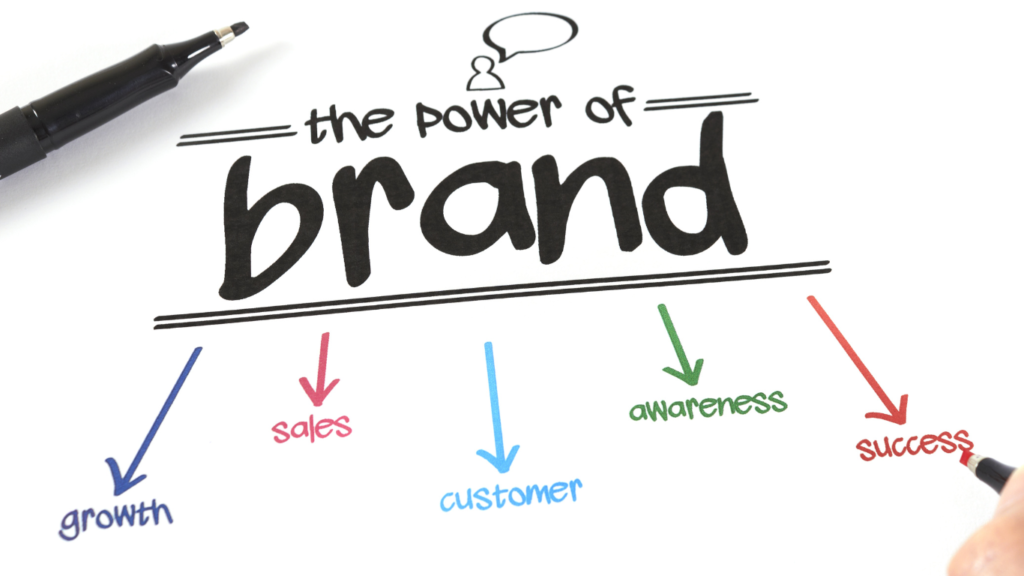
Music is a powerful tool that can be used to inspire and connect with people. It can even help you launch your brand. But what exactly is a brand strategy? And how do you use it to promote your music? Let’s explore this in detail:
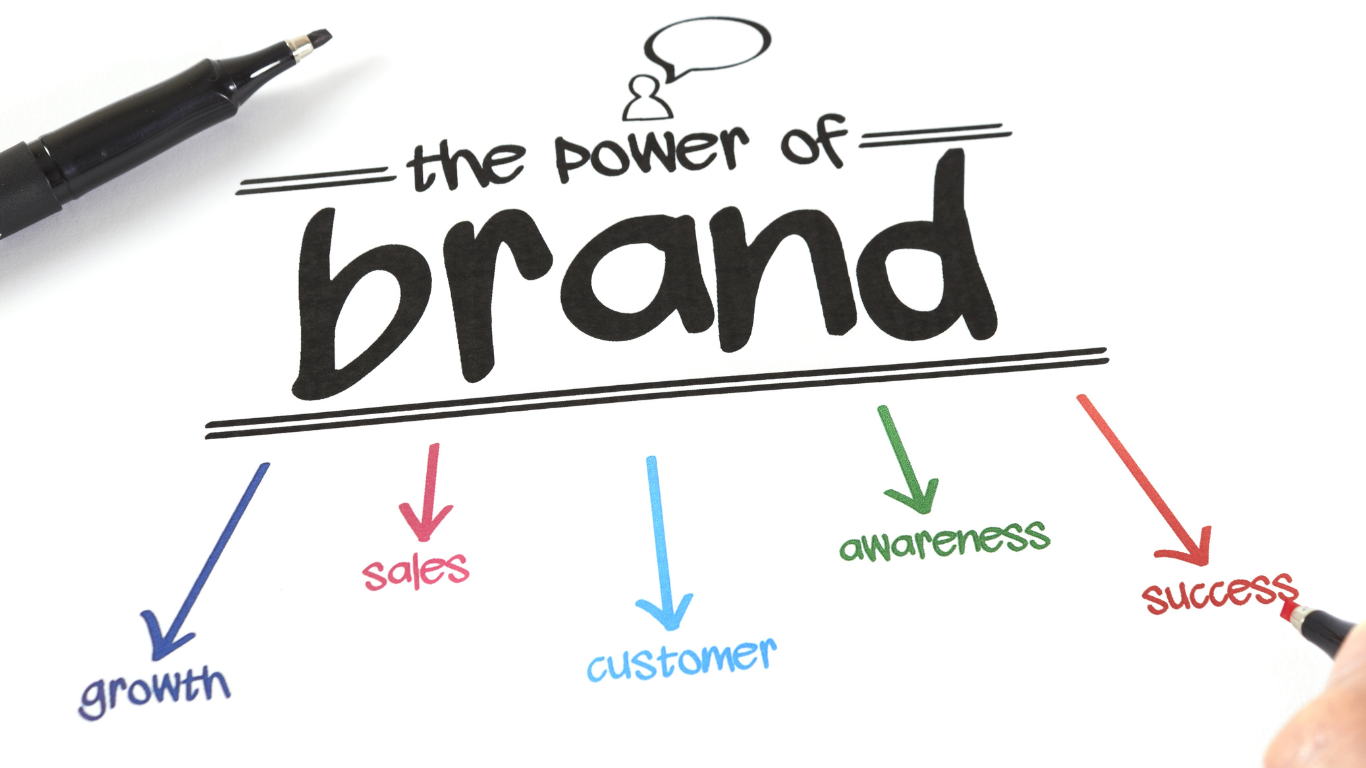
When you’re building a brand, you’re creating an identity for your music. This includes everything from the logo to the color palette, fonts, and more. Your identity is what makes people associate with your brand–it’s how they recognize it as yours in the first place.
Creating a strong sense of self will help define who you are as a musician (and business). It also helps build trust among potential fans because they know exactly what they’re getting when they buy into your music or come see one of your shows: You’re going to deliver quality content every time!
When it comes to branding, there are a few things that you need to think about:
SMART goals are Specific, Measurable, Achievable, Relevant, and Time-bound.
SMART goals help you to stay focused on what is important. They help you to measure your progress and avoid procrastination.
Provide value to your audience and fans.
You have to give people something they want, but also something they didn’t know they wanted. The best brands do this by providing useful products or services that will help their customers achieve their goals, whether it’s selling more music or helping them achieve a certain look/style in their wardrobe.
The same goes for you: if you want to build up your brand strategy and become successful as an independent musician, then provide value through whatever means possible (e-books/ebooks/freebies, etc.). This could be by offering free downloads of songs from specific albums or even just posting videos on YouTube explaining how certain chords work together in order for beginners who don’t know much about music theory yet!

Your song is the first impression you make on your audience. It’s the first thing that gets their attention and is an introduction to your brand. It’s also one of the most essential marketing tools for any artist.
When submitting your music for A&R DUTY, you need to keep in mind that there are no rules in this game. The best way to get noticed is by doing something different from everyone else, but here are some things to keep in mind:
1) Don’t send more than one track at a time
2) Make sure it has a good mixdown so it sounds good on every speaker/device
3) Have some kind of social media presence so people can find out more about you (Instagram, TikTok, website, Facebook page, etc.)
4) Send links directly to your YouTube videos or SoundCloud profile if possible. It makes it easier for A&Rs to check out your content without having to look for it themselves
Here are the steps you must follow before sending in a song for A&R DUTY
The submission process is the same for both A&R DUTY and A&R HIRES.
All submissions must be sent to the email address provided on our site – submissions sent to any other email address will not be considered.
A cover letter that includes your name, contact information, and a brief bio describing your musical background and experience. The cover letter should also include your preferred genre(s) of music and whether or not you’re interested in being signed as an A&R, artist, or producer.
A link to download one MP3 file of the song you would like considered (320 kbps mp3 format). If you don’t have a Dropbox account or similar service, use Google Drive, WeTransfer, etc., to send us an email with a link to download the file.
Thanks for taking the time to learn how to successfully submit your music for A&R DUTY consideration. We hope that you send us some great music, we will review it and get back to you with a decision as soon as possible. Keep in mind, if our team loves it, we can’t guarantee that anything will happen without a deal in place. Thanks again!
So, this is a very basic outline for how to submit your song for A&R. We’re going to cover two major avenues: getting your song heard by A&R directly, and then getting it heard through companies in the industry that provide A&R coverage as part of their services.

The first thing you need to do when starting your music podcast is to define the purpose of your show. You need to figure out what type of content you want to share with your audience, and how often you wish to publish it. Once you have this information in mind, it’s time to start thinking about how much time and energy you can dedicate to this project.
Once you have answered these questions, it will be easier for you to decide if a music podcast is something that suits your needs and interests. If so, then it’s time to start thinking about what kind of equipment and software options are available for someone who wants to start their music podcast.
Several different types of equipment can be used for producing a podcast:
Recording device – This includes anything from a smartphone or tablet up through professional audio recordings equipment such as microphones, mixers, or even field recorders like portable digital recorders (DDR). It also includes audio editing software such as Audacity or GarageBand which allow you to edit together all of the different tracks into one cohesive piece of audio.
Podcasts can be a great way to promote your music, but you must create a show that people will want to listen to. Here are some tips for getting started.
1. Create Your Show Theme
The first step in creating your podcast is deciding what kind of show you’re going to do. Are you going to focus on interviews with other musicians? Or maybe you’ll just play music from your favourite artists? You could even record yourself playing live shows or talk about the equipment you use to make music. The key here is to pick something that interests you and that you’re excited about talking about — this will make your listeners feel more engaged with the show as well.
2. Pick Your Format
Once you’ve decided what type of podcast you want to do, it’s time to decide on how often it will be published and how long each episode will be. This is entirely up to you and depends on how much time and effort you want to put into each episode. Some formats work better than others depending on what kind of content they include; for example, daily podcasts tend not to work as well because they require a lot more effort than weekly ones do (and there’s probably not enough news happening in one day).
3. Create Your Episode Content
Now that you have a podcast idea, it’s time to get cracking.
Before you record your first episode, you need to think about the content and format of your show. If you’re starting as a solo podcaster, try coming up with ideas for different types of episodes that appeal to your audience. This could be interviews with other musicians or artists in your field, a songwriting tutorial or a live recording of one of your gigs.
Decide how often you want to release new episodes and plan accordingly. If you’re planning on releasing a new episode every week, then you’ll need to have most of the content ready before you start recording (or at least have an outline ready).
Once you’ve decided on what type of content each episode will include, it’s time to start writing it down in detail so that it’s easy for others to follow along with when they listen back later on.
Here are some of the equipment you’ll also need to get started.
Microphone:
A good quality microphone is essential, and it doesn’t have to be expensive. You can get a decent USB mic for under $100 ( N41,000) in Nigeria money
Software:
You’ll need a recording program such as Audacity or GarageBand, and something to edit your audio with (such as Adobe Audition).
Headphones:
Headphones are essential for monitoring your recording levels so that you don’t overload any one channel when you’re mixing multiple tracks.
Market and Analyze Your Audience
The first step in starting a music podcast is to have a good idea of who you’re talking to. This means you need to know what your audience wants, what they’re interested in and how they consume media.
You should also consider their demographics. If you’re going for a specific group of people, such as women aged 18-35 who live in the suburbs and listen to pop music, then the topics you cover and the way you present them must be tailored to those people’s needs.
For example, if your audience doesn’t care about politics or religion, don’t spend too much time on those topics during your show. Instead focus on things like movies, technology and entertainment news that are relevant to everyone but most interesting for your target group.
4. Growth
The podcasting industry has grown at a massive rate over the past few years. A recent report by Edison Research and Triton Digital found that there are more than 500 million monthly podcast listeners in America alone. That’s a lot of potential listeners!
Podcasting is not only an incredible way to share your message with the world, but it can also be a lucrative business model if you know how to do it right. In this article, we’ll show you how to start a music podcast and what steps you need to take along the way.
Step 1: Find Your Niche
The podcast is a medium that has grown exponentially in recent years. The most popular podcasts are downloaded millions of times every month, and there are even shows that are so popular that they have been able to make the transition from audio to video.
So why has this medium become so popular? And what can you do to capitalize on its growing popularity?
The growth of the podcast
The first time I heard someone talk about podcasts was back in 2005 when Apple released iTunes 4.9 with support for podcasts. At the time, there were only a few thousand shows available and most people didn’t know what they were. Fast forward ten years and we’re looking at over 700,000 podcasts and new ways to listen to them such as streaming services like Spotify or Google Play Music All Access.
There are many reasons why podcasts have grown so much over the years:
The ease of consuming content through your phone means it’s easy to listen while doing other things like driving or working out. You don’t need a dedicated device like an iPod or CD player anymore because everything can be done through your smartphone (or tablet). It’s also convenient because it doesn’t require any extra equipment like a stereo system or headphones – just open up your favourite app, find something interesting and We hope that this article has been useful in answering some questions related to how and why to start a music podcast. If you have any comments or further suggestions on how new music podcasters could improve their results and presentations, we are happy to hear from you in the comment section below.
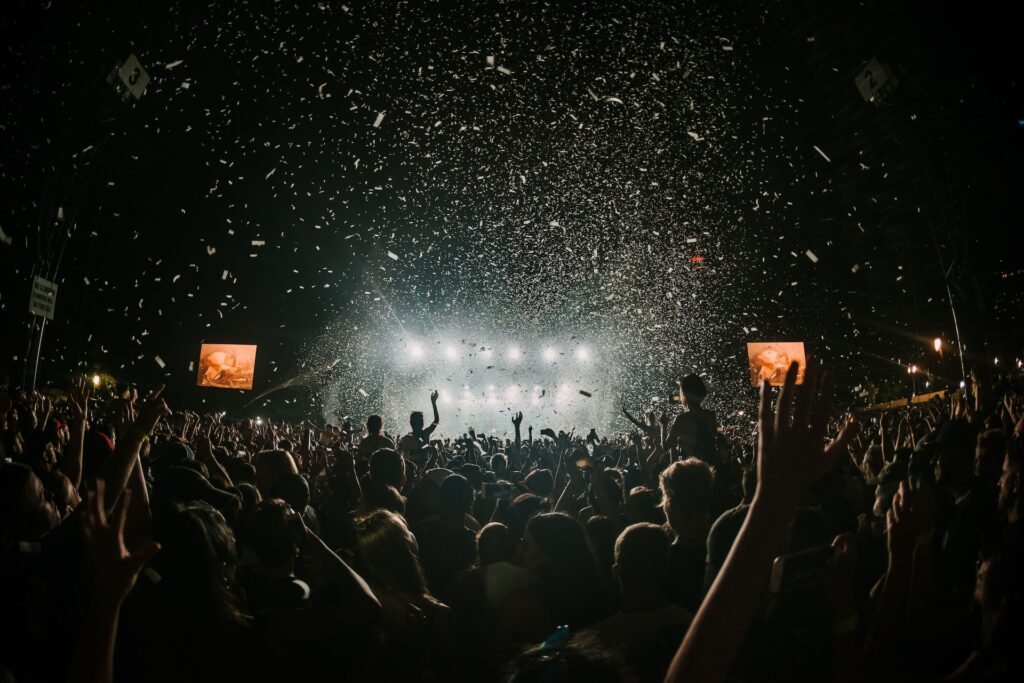

An A&R manager’s main job is scouting out talent and signing them to a record contract. The A&R Manager is also responsible for developing the style of an artist and matching them with producers, songwriters, recording studios, and clothing designers. They are instrumental in helping artists get public exposure through industry networking, performances, demos, and recordings. Often, they will also assist artists in managing their careers.
There are infinite definitions of an A&R manager. The job description primarily reflects the skill set of the manager, not the actual work involved. Some would say that an A&R Manager is in charge of identifying artists and repertoire while others believe they’re responsible for all aspects of songwriting and copyrights. Either way, certain traits make a good manager.
As an A&R, you’ll be responsible for the entire talent discovery process. This is both a challenging and rewarding role, as you’ll be working with some of the most talented individuals in your industry. Can you keep up with the ever-changing trends in music? As an A&R manager, you’ll need to have a professional manner but also act fast on new talent. This will often require negotiating terms between record labels and artists.
With an A&R career path, you will be in charge of the record label and its employees. You will make all the major decisions about what music is released for the label and will make recommendations to the executive team. These positions are as competitive as they are sought after, making this position rare but desirable.
Most high-profile music supervisors are freelancers who work on a project-by-project basis. However, music supervisors can also be employed by production companies; film, television, and video game studios; advertising companies; or even small music-supervision companies. The majority are based in Lagos Nigeria.
Unsurprisingly, work hours for music supervisors vary considerably. As they don’t necessarily need an office for their work, many works from home or do the majority of their job on the go, moving from meeting to meeting. On the other hand, music supervisors who are acting as full-time music directors for a show or movie tend to be much more involved in the filming process and almost always spend some time on location.
A&R managers are exceptionally well-organized, detail-oriented, flexible, and punctual, with impressive multitasking abilities. Signing and cultivating talented new artists requires patience, judgment, interpersonal connections, and persuasive written and spoken communication skills. In addition, managers are well served by strong leadership qualities and should possess a vision for the careers of artists under their wing.
Most A&R managers work for medium-sized to large record companies and music publishers. When hiring an A&R representative—the position which precedes working as an A&R manager—companies tend to look for work or internship experience in the music business, as well as demonstrable engagement in local and national music scenes.
Are you an aspiring A&R? Do you want to learn the ins and outs of the role, see how it fits in the industry, and how and a job? Well, you’re in luck. We’ve assembled a comprehensive breakdown of the a&r career path that will guide you from your first day on the job until your retirement and beyond. We know what happens to most of today’s great artists and songwriters—but what happens to their song ideas, unfinished recordings, and unrealized careers?
The fact is, you are going to have to work hard if you want to be a successful A&R (artist and repertoire) But who said that was an entirely bad thing? Hard work isn’t just a requisite for success; it’s also the foundation of your musical skill set while this may not be a popular idea, the truth is that all of the artists and repertoire will tell you the same thing. Consistency, determination and a willingness to do what it takes are key traits among those who reach the top. That’s not just good advice for A&R—it’s good advice for any endeavor in life. Sign up with A&R DUTY and start shooting for success today!
Written by Babatunde Makinde Williams
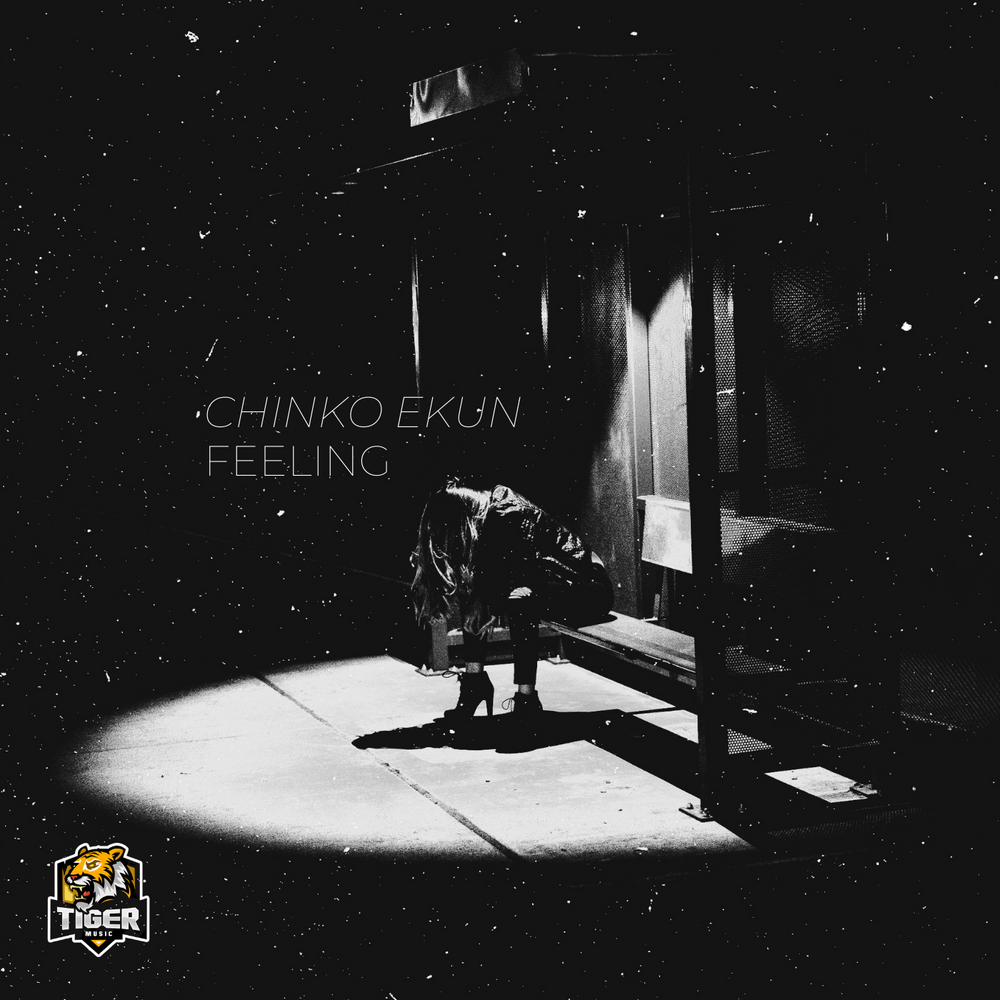

Chinko Ekun was a musical gem that was left undiscovered for way too long. With his brand new song “Feeling”, he’ll be slipping into the spotlight and quickly becoming an artist you’ll be telling all your friends about. The record is done on an acoustic beat that will get you pumped up to take on whatever challenge is in front of you, whether it’s just getting up out of bed or going for that big promotion. Chinko’s lyrics are filled with the kind of witty puns you haven’t heard since the days of Biggie Smalls, bringing a fresh sense of creativity to the hip-hop genre. With this song, Chinko is throwing down the gauntlet and challenging other rappers to step up their game. He showcases his unique style while proving that he can rap circles around any other artists out there .
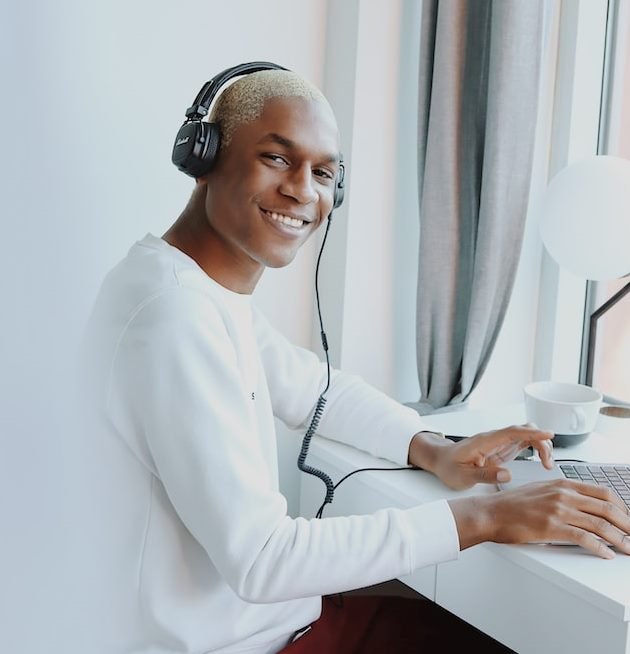

Royalties are the lifeblood of music publishing. They’re what you get paid for when someone uses your song in their project—like a movie, TV show, or commercial. But there’s more than one type of royalty involved in music publishing, and each one is based on the use of your music. In this post we’ll go over three types of royalties you should know about:
Mechanical royalties are paid to songwriters and music publishers when their songs are recorded and sold on a CD, vinyl record, or digital download. Mechanical royalties are shared with the artist who performed the song (if applicable), as well as record companies who invest in producing and distributing it.
Songwriter royalties are paid when you write your own music, while publisher royalties go to whoever owns the publishing company that controls your work (often your manager).
Performance royalties are paid to songwriters and publishers when their songs are played on the radio, in restaurants, bars, or other public places.
Performance royalties are collected by ASCAP (American Society of Composers Authors and Publishers) BMI (Broadcast Music Inc.) SESAC (Society Of European Stage Authors & Composers) SoundExchange.
Synchronization (or “blanket”) licenses are a type of music publishing royalty that allows an artist to be paid for their songs being used in the film, television shows, and commercials.
A synchronization license is typically bought by a music supervisor who works for the producer of a movie or TV show. They’ll listen to several songs before deciding which ones fit best with their project’s storyline and theme. When they select one song from an artist’s catalog and decide to use it in their project, they contact that artist’s publisher requesting permission to use their song(s) under license terms agreed upon beforehand by both parties (the publisher and artist).
Understanding the different types of royalties in music publishing is key to getting paid.
Royalty is the money or percent of the amount being earned from a published work, that is allotted to the publisher once a sale is made. The percentages will vary based upon several different factors, but suffice it to say, they are a very good way of making additional income, provided that you have established rights to your music through publishing.
I hope that in reading this article you have gained a better understanding of the many different types of royalties involved with music publishing. This is just a basic explanation but they are quite complex, and many things can occur when you are talking about publishing. I urge any individual who is considering entering the world of music publishing to seek out more information before doing any deals with publishers because it could cost you thousands later on down the road. Have fun writing your songs, and remember these important points!
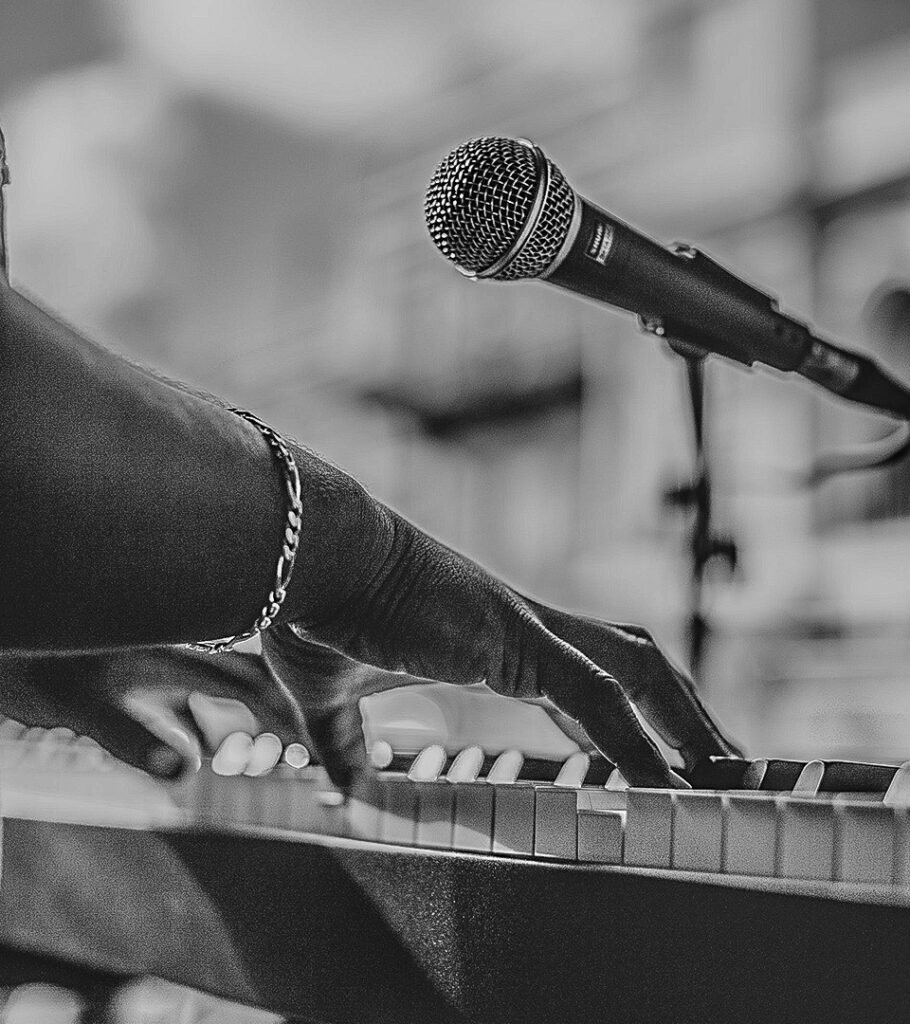

Since we started back in 2006, we’ve always made artists our first priority. This new feature helps artists, managers, and indie labels track measurable success on TikTok, and we’re stoked to be able to offer it before anyone else.
“How people are consuming and interacting with music is evolving at such a rapid pace. As a distributor, it’s critical that we move quickly to get this data into the hands of our clients so they can maximize their reach. Our team is laser-focused on delivering value and we’re excited to be the first distributor to offer this level of insight into TikTok data,” says Symphonic VP of Product, Ali Lieberman.
This tool makes it easier for creators to understand the TikTok metrics that really matter and helps maximize the impact of their future TikTok marketing campaigns. Importantly, Symphonic’s proprietary TikTok analytics makes the distinction between views and creations. While view counts get a lot of attention, it is creations that actually drive royalties on the platform.
The new tool delivers comprehensive and easy-to-read metrics on how many videos have been created using an artist’s music as well as how many views, likes, comments, and shares the video generated.
Navigate to this feature by clicking on Analytics -> TikTok

The landing page provides a catalog-level view of performance across the entire catalog on a given date range that you can change. The page is broken down into the following cards:
Activity counts are displayed for Videos and Views. The video count is the metric that generates royalties. Hovering over any bar will show you the detail of a specific day.

Activity counts are displayed for each time the video using your music receives a Favorite, Comment, Share, and Like during the time period selected across your entire catalog.

Each section shows the top 5 entries sorted by Videos (created) in descending order (e.g., the Territory section shows the top 5 countries where videos were created on TikTok using your songs). Click the ‘View All’ button to see more data if available.



Source symphonic distribution

If you are trying to beat the Spotify shuffle algorithm, you need to remember their 30-second rule. Your song should grab the listener immediately and make them stay for more than 30 seconds. Otherwise, regardless of how many listeners initially listen to your song, it won’t count if they don’t pass that first 30 seconds. Also, remember that timing is everything on Spotify. For example, the first 12-24 hours after your track drops are crucial to your success or to gaining momentum.
One of the better ways to get the algorithm to notice you in this timeframe is by getting a pre-saves boost before your release date. Besides that, you have to pay attention to the competition, such as similar artists who may also be applying the same strategy. For example, you want to avoid dropping a track on the same day as famous artists. By avoiding this, you can naturally increase your chances of beating the algorithm. If you want to know more about how important connecting is, then feel free to read our blog post-ON